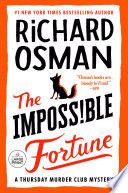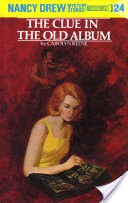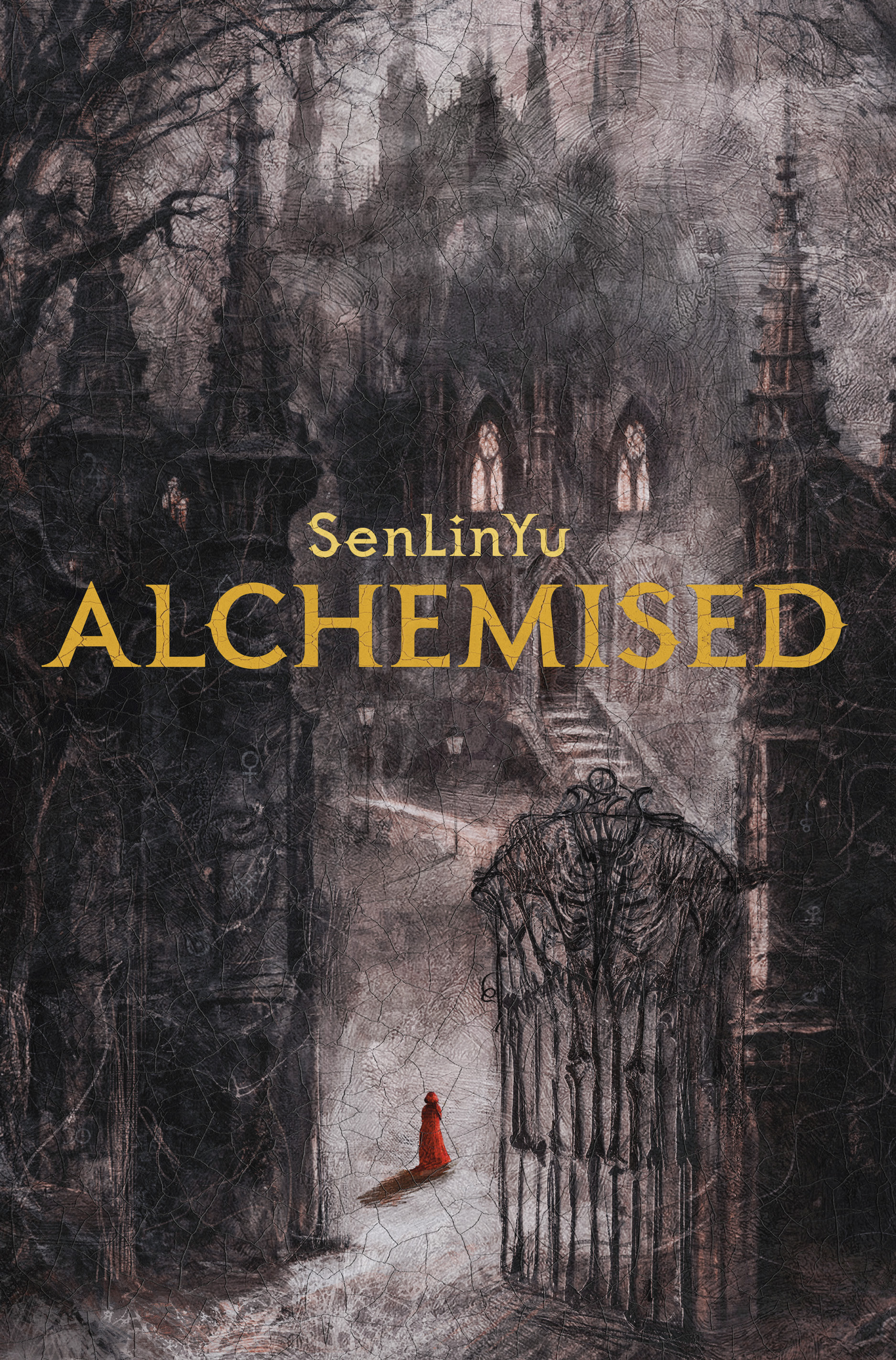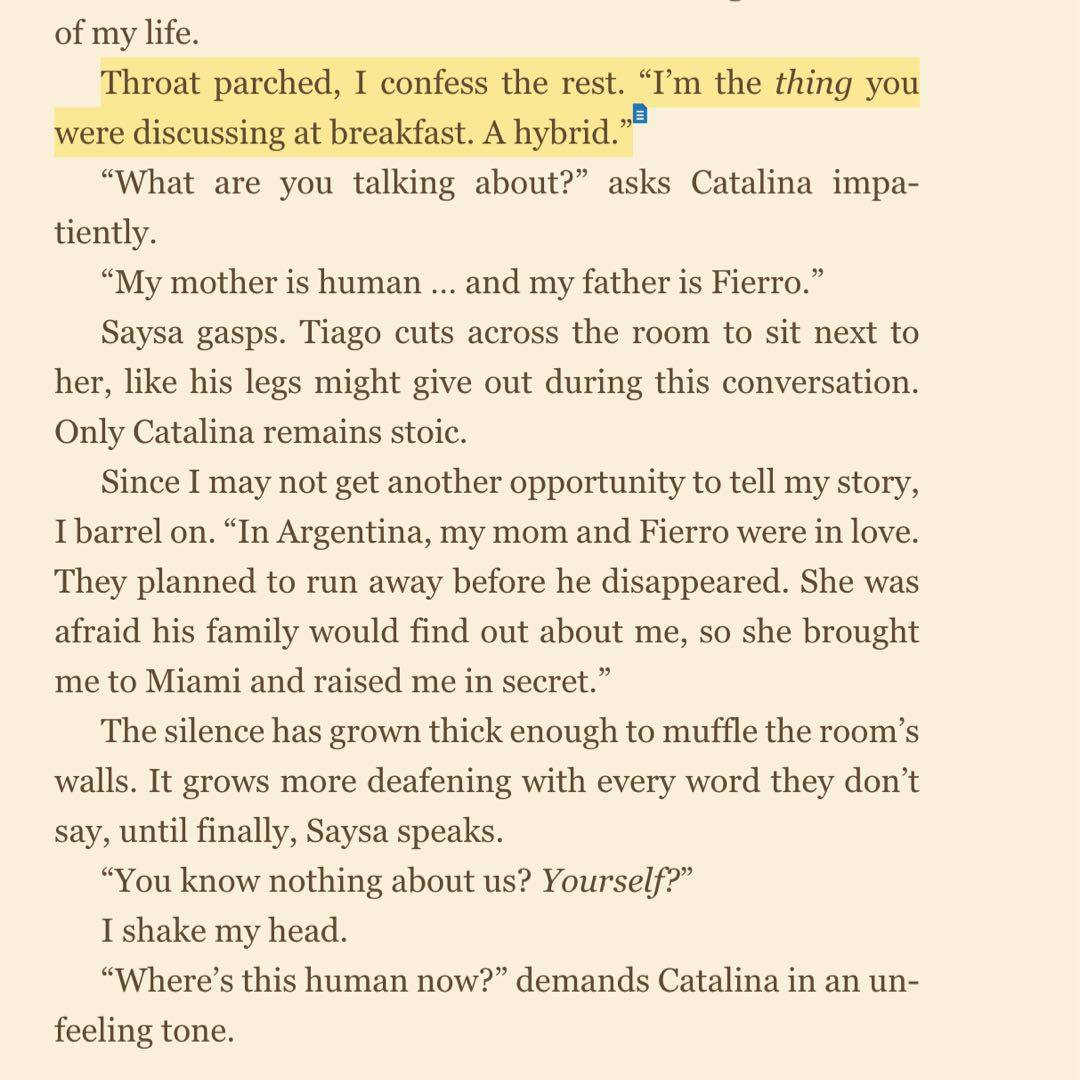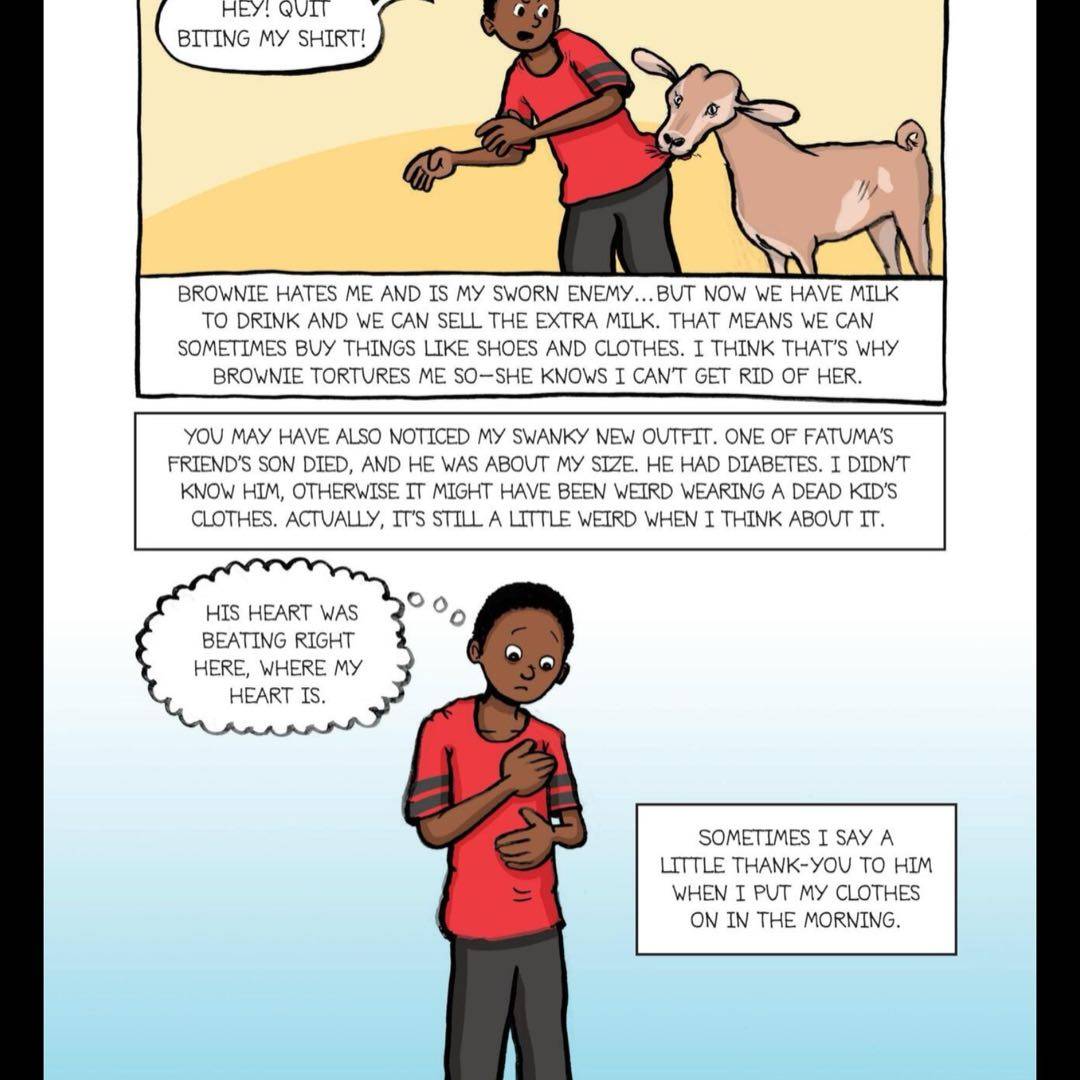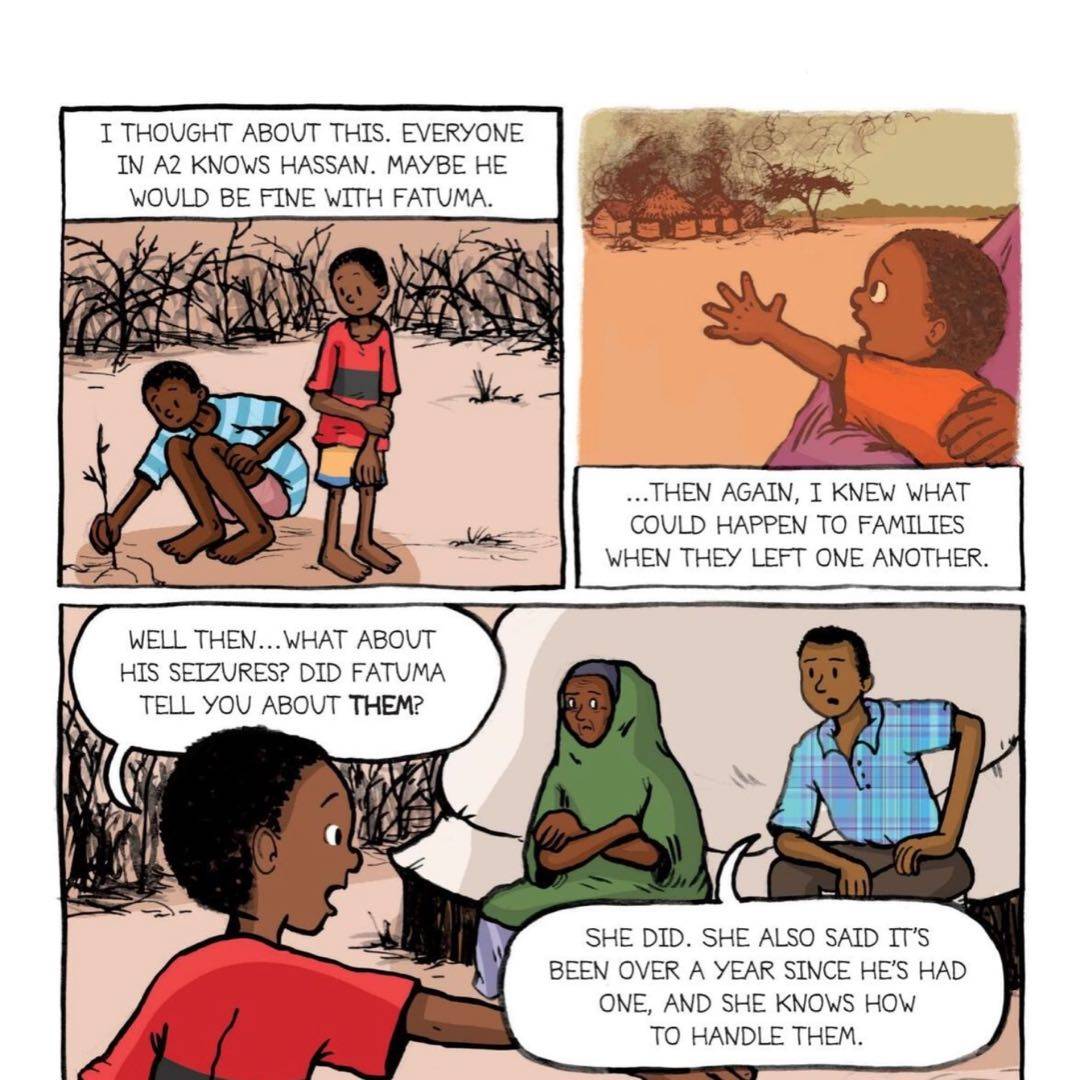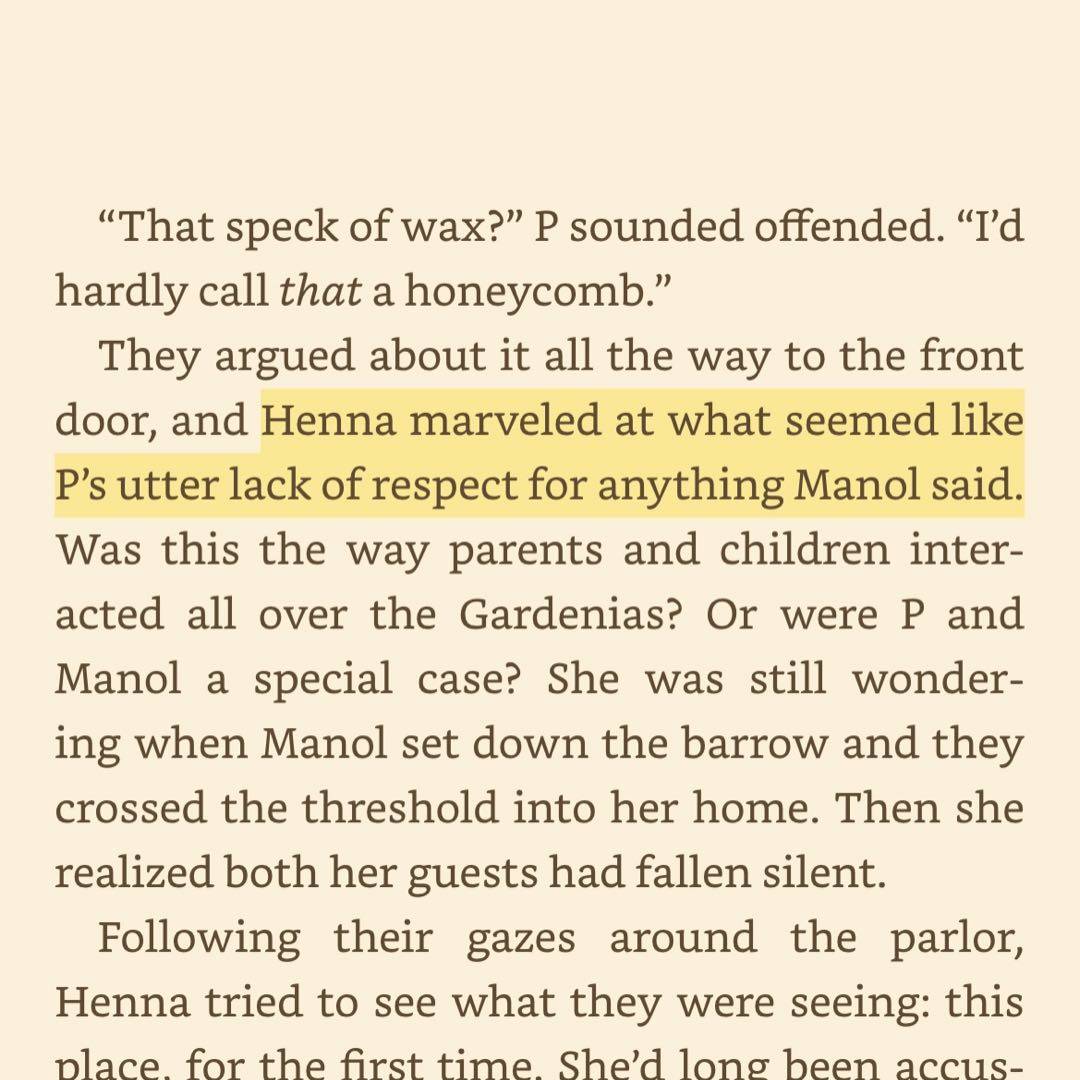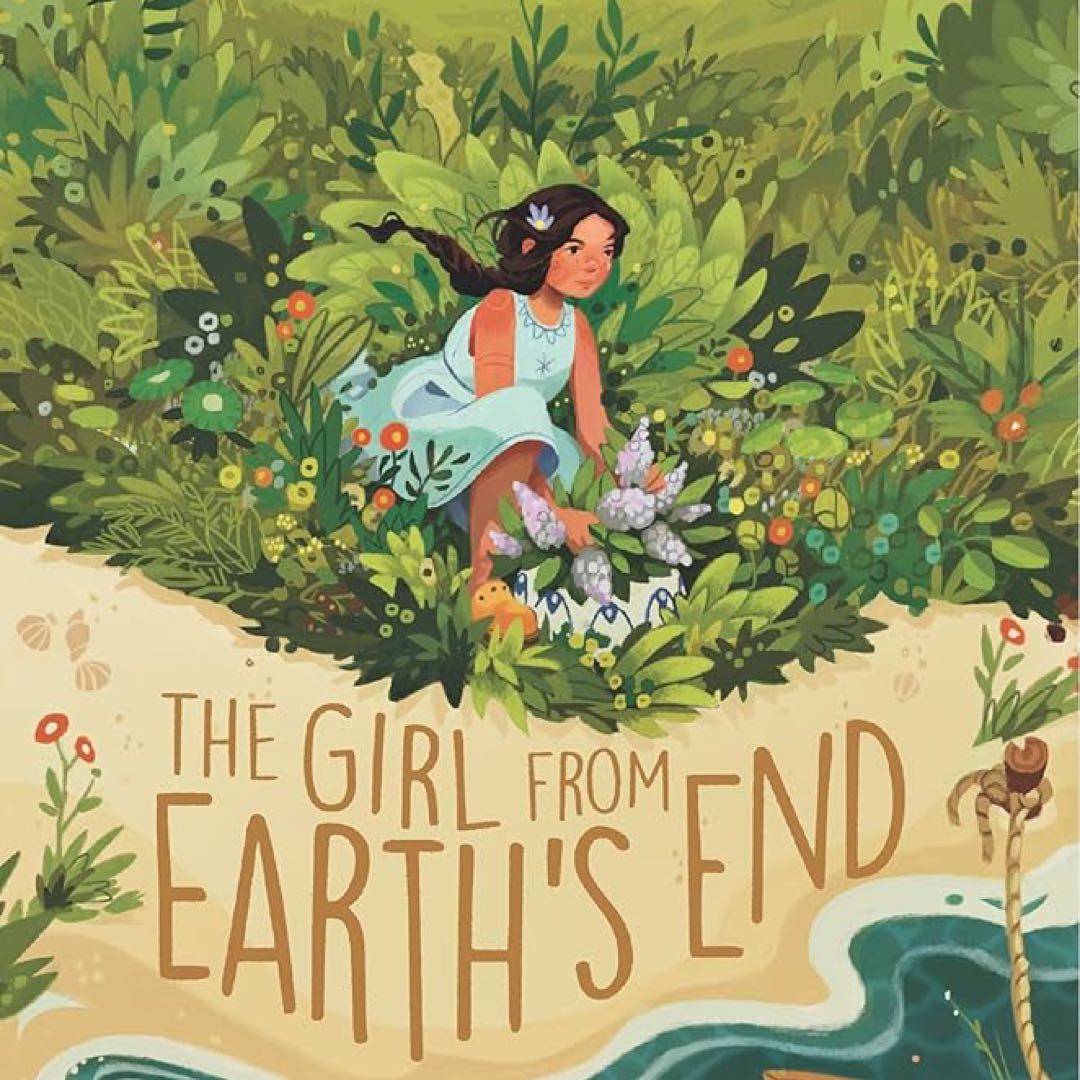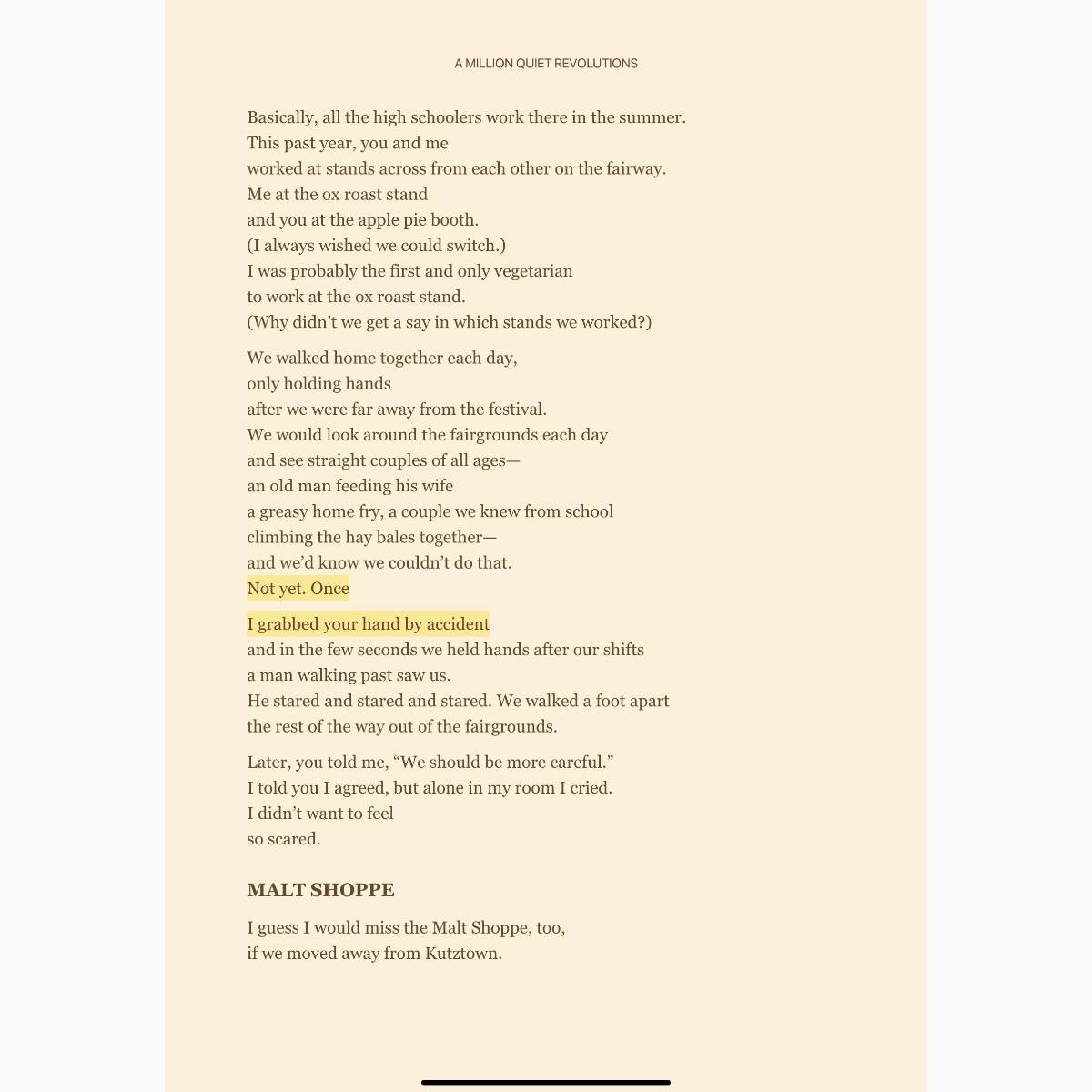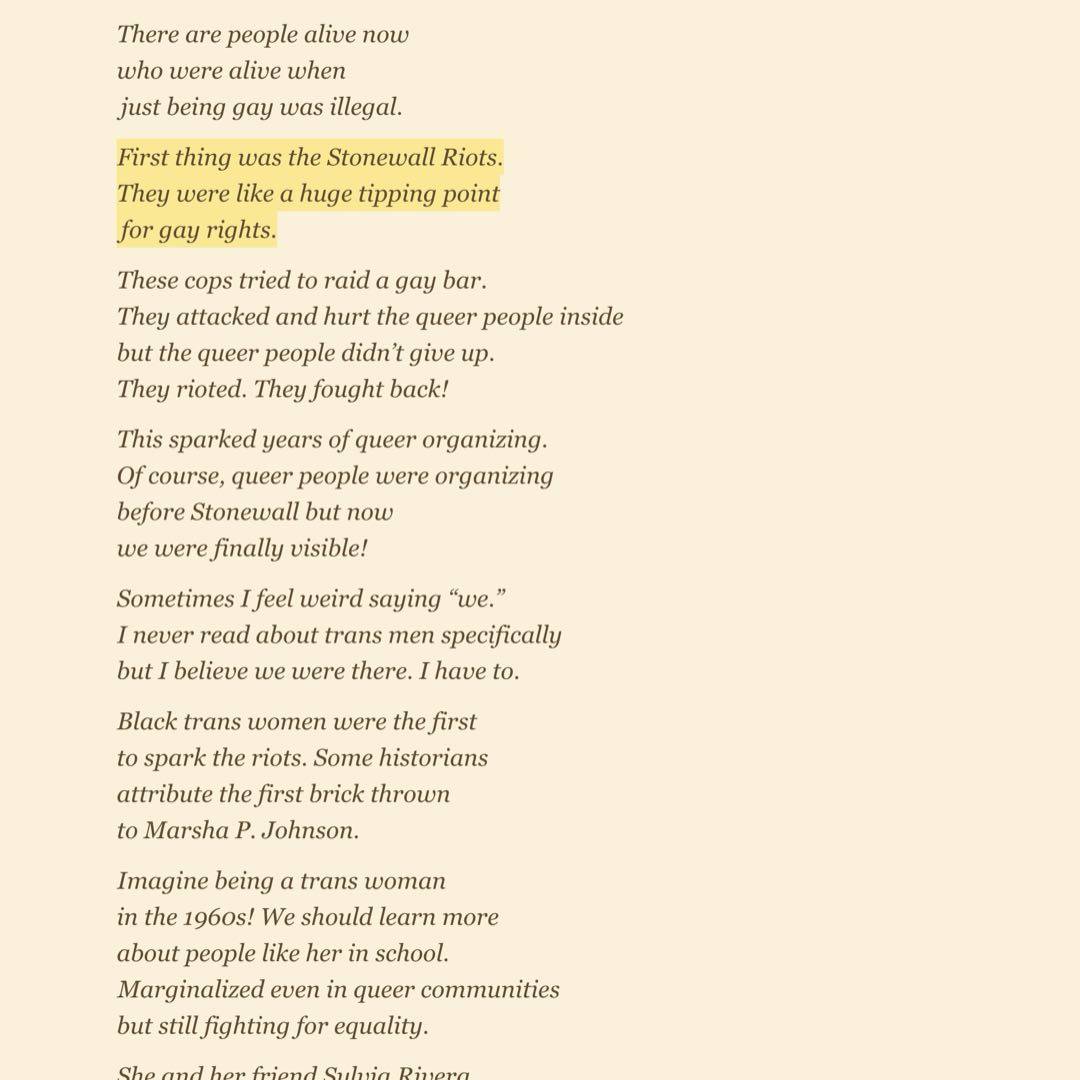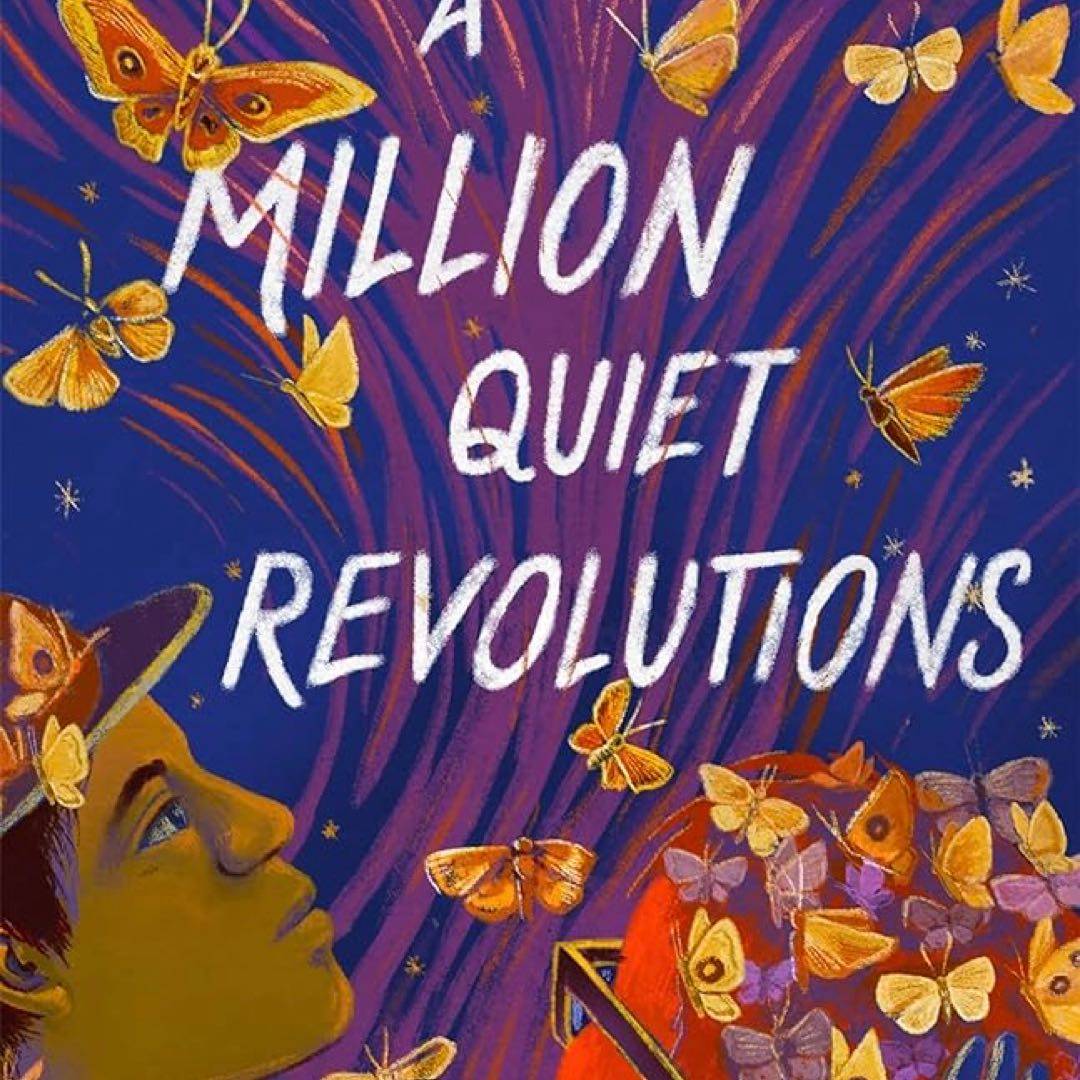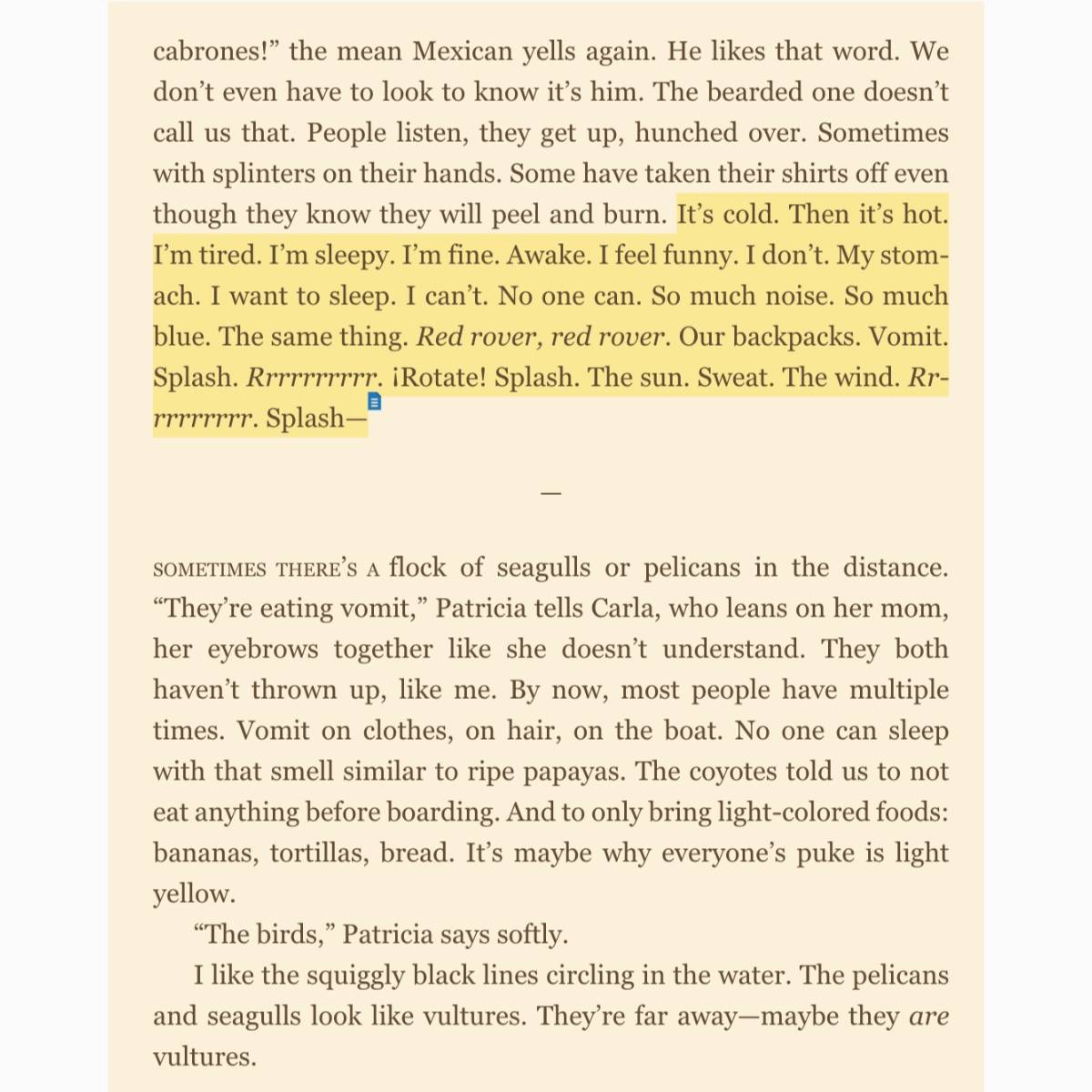This book has been absolutely mind-boggling for me -- this girl (Henna) leaves her home to find a plant to save her dying father. She has never been away from her little island, hardly ever having contact with the outside world. The theme of sacrifice is prominent in this book! It doesn't even feel like she is burdened by the sacrifice, but that she believes it is the obvious thing to do.







